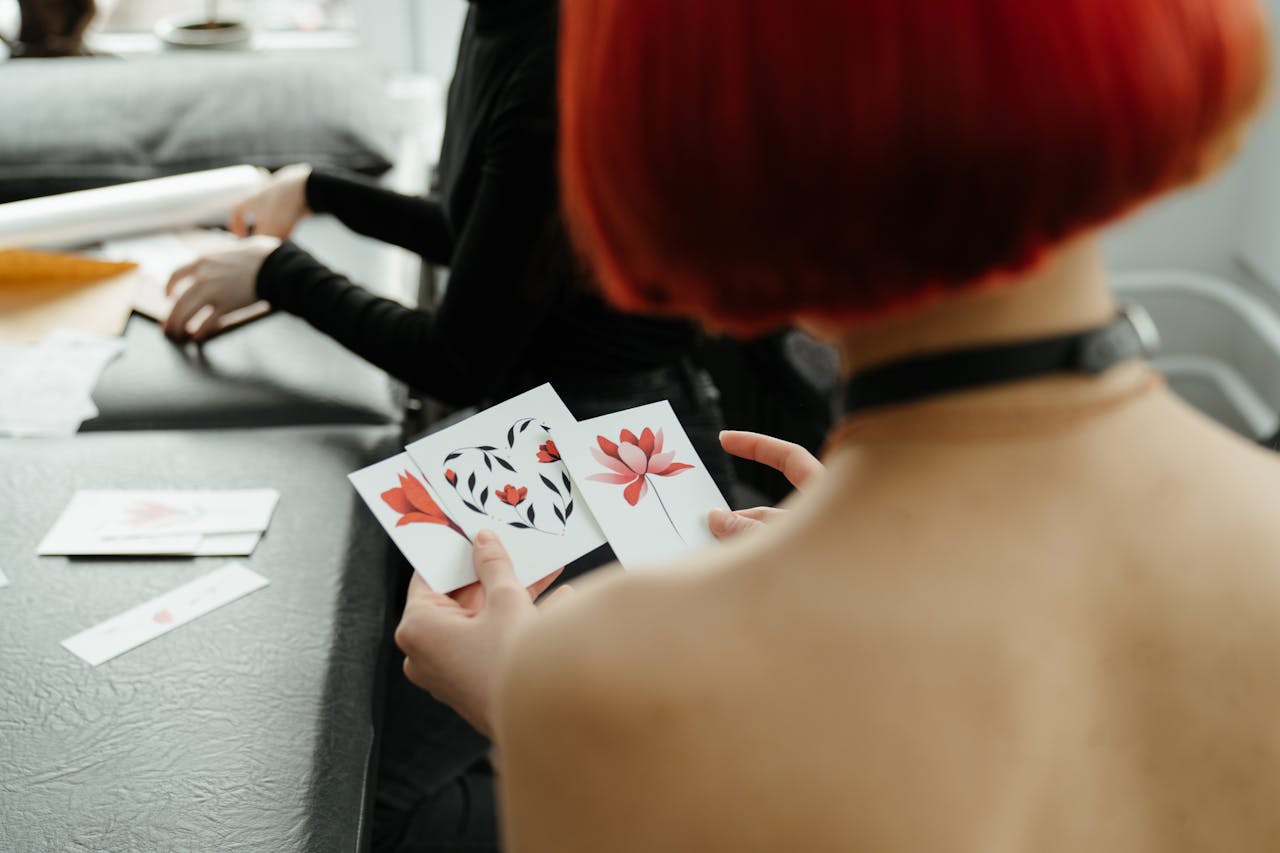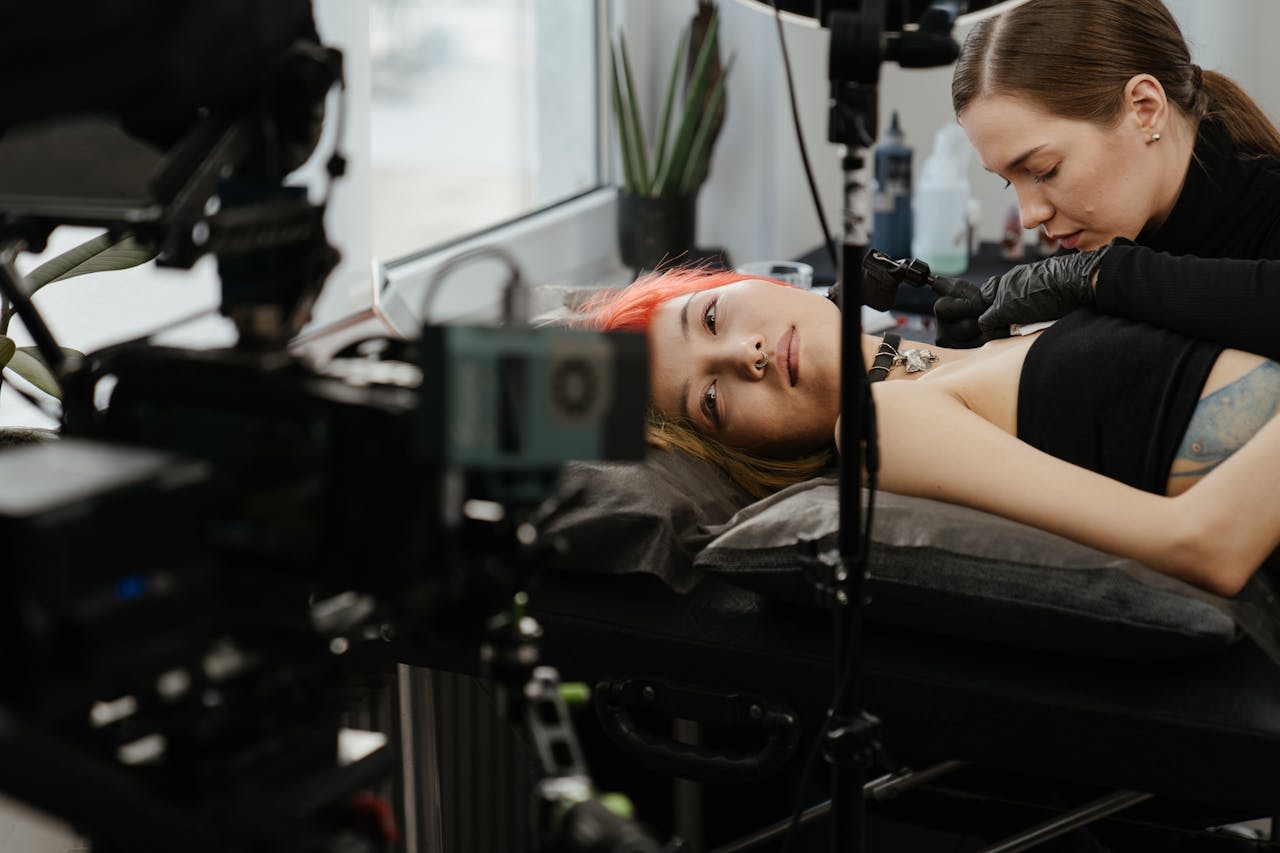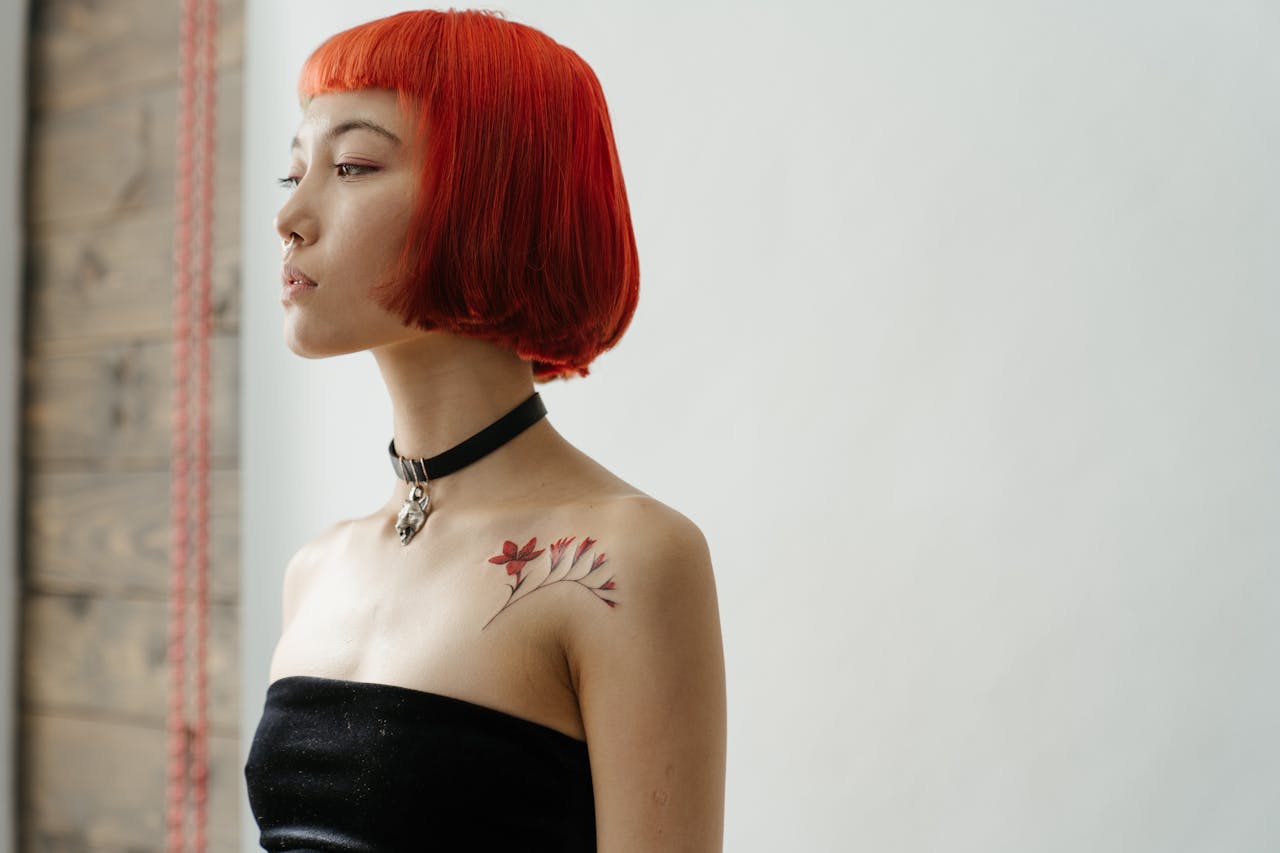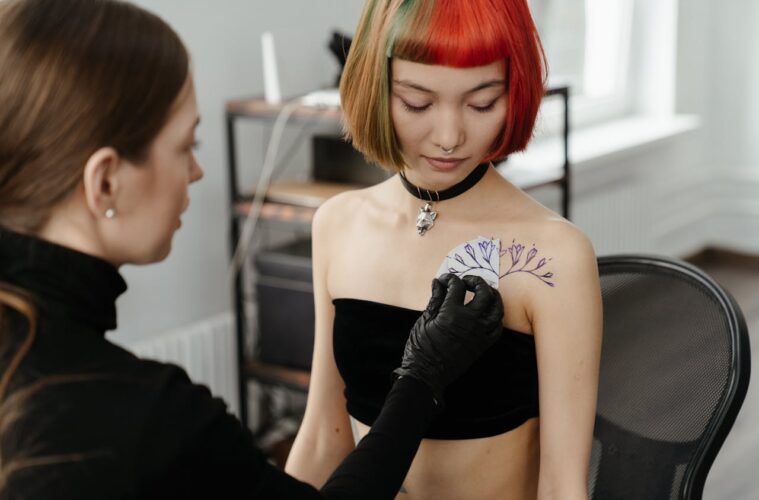Getting your first tattoo is an exciting milestone, but it can also feel a little daunting if you’re unsure of what to expect. A tattoo is a permanent piece of body art, so it’s essential to take the time to prepare, choose the right artist, and understand the process before committing. Whether you’re getting a small, discreet design or a larger, more intricate piece, this guide will help ensure you have the best possible experience.
1. Take Your Time Choosing a Design
One of the biggest mistakes people make when getting their first tattoo is rushing into a design without careful consideration. While spontaneous tattoos can sometimes turn out great, it’s usually best to take your time to find a design that truly resonates with you.
- Think about the long-term – Will you still love the design in 10 or 20 years?
- Consider placement – Some areas of the body are more painful than others (more on this later), and some locations might impact your job prospects.
- Personal meaning – Your tattoo should be something you won’t regret. If it has a deeper personal meaning, you’re less likely to grow tired of it.
If you’re unsure, create a mood board or keep images of potential tattoos saved on your phone for a few months. If you still love the idea after a while, it’s probably the right choice.

Choosing a Design
2. Research Tattoo Artists and Studios
Not all tattoo artists are created equal, and choosing the right one is crucial to getting a high-quality tattoo.
How to find the best tattoo artist:
- Look at portfolios – Every professional tattoo artist has a portfolio of their work. Check their Instagram or studio website for examples of their past tattoos.
- Read reviews – Customer reviews can give you an idea of their professionalism, hygiene standards, and skill level.
- Visit the studio – A clean, reputable tattoo studio will be licensed, follow hygiene regulations, and have a friendly, professional atmosphere.
Most tattoo artists specialise in particular styles, so if you want fine line work, realism, or bold traditional designs, choose an artist whose portfolio reflects the style you want.
3. Understand the Pain Factor
Tattoo pain varies depending on the individual and the placement of the tattoo. While some people handle pain well, others find it more uncomfortable.
Most painful tattoo areas:
- Ribs
- Spine
- Hands and fingers
- Feet
- Elbow and knee
Least painful tattoo areas:
- Forearm
- Upper arm
- Outer thigh
- Calf
- Shoulder blade
If you’re worried about pain, choose a less sensitive area for your first tattoo. Also, keep in mind that larger, more detailed tattoos take longer, which means prolonged discomfort.
4. Think About Your Budget
Tattoos aren’t cheap, and that’s a good thing! A high-quality tattoo from a reputable artist is an investment.
- Avoid cheap tattoo deals – Good tattoos aren’t cheap, and cheap tattoos aren’t good.
- Be prepared to pay a deposit – Most tattoo artists require a deposit to secure your booking.
- Consider tipping – While not mandatory, tipping your artist is a nice way to show appreciation for their work.
If a tattoo seems too cheap, the artist may be cutting corners in hygiene or skill. It’s better to save up and get the best work possible than to end up with a tattoo you regret.
5. Prepare for Your Appointment
A little preparation goes a long way in ensuring a smooth tattoo experience.
The day before your tattoo:
- Get a good night’s sleep – Being well-rested helps your body handle pain better.
- Stay hydrated – Drink plenty of water to keep your skin in good condition.
- Avoid alcohol – Alcohol thins your blood, which can cause excessive bleeding and affect the tattooing process.
On the day of your tattoo:
- Eat a full meal – A full stomach helps prevent dizziness or nausea.
- Wear comfortable clothing – Choose clothing that allows easy access to the area being tattooed.
- Bring snacks and water – If your tattoo session is long, you may need a break.

Top Tips for Getting Your First Tattoo | Painful Tattoo Areas | Tattoo Artists
6. During the Tattoo Session
Once you’re in the chair, try to stay relaxed. The more tense you are, the more uncomfortable the process may feel.
- Trust your artist – They know what they’re doing, so let them work their magic.
- Breathe steadily – Controlled breathing helps you stay calm and reduce pain.
- Take breaks if needed – If the pain gets too intense, ask your artist for a short break.
Your tattoo artist will also wipe away excess ink and blood during the session, so don’t be alarmed by how it looks mid-way through.

Top Tips for Getting Your First Tattoo | Painful Tattoo Areas | Tattoo Artists
7. Follow Aftercare Instructions
Proper aftercare is essential for ensuring your tattoo heals well and looks great for years to come. Your artist will provide specific instructions, but here are some general guidelines:
- Keep the bandage on for the recommended time – Usually a few hours to a day.
- Wash gently with lukewarm water and fragrance-free soap – Avoid scrubbing the tattoo.
- Apply a thin layer of tattoo aftercare cream – Your artist may recommend a specific brand.
- Avoid soaking your tattoo – No baths, swimming pools, or saunas for at least two weeks.
- Stay out of the sun – UV rays can cause fading and damage to healing skin.
Healing typically takes 2-4 weeks, during which time you may experience itching and peeling. Never pick or scratch your tattoo, as this can lead to scarring or patchy ink.
8. Be Patient with the Healing Process
Your tattoo will go through different healing stages, and it may not look perfect right away.
Normal healing stages:
- Days 1-3 – The tattoo may be red, swollen, and slightly oozing.
- Days 4-7 – A thin scab will form, and the tattoo may start to itch.
- Week 2-3 – Peeling and flaking occur, similar to sunburn.
- Week 4+ – The tattoo settles, but it can take up to two months to fully heal.
If you notice excessive redness, pus, or extreme pain, seek medical advice, as this could indicate an infection.
9. Avoid Tattoo Regret
Tattoo regret is rare when you take the time to research and plan properly, but it does happen.
How to avoid tattoo regret:
- Don’t get a tattoo on impulse – Take time to think about your decision.
- Choose a meaningful design – Something that reflects your personality or journey.
- Avoid names (unless it’s family) – Many people regret getting partner names tattooed.
- Start small – If you’re nervous, begin with a smaller tattoo before committing to a larger piece.
10. Enjoy Your New Tattoo!
Once your tattoo is fully healed, enjoy showing it off! Keep in mind that over time, tattoos may fade slightly, especially if exposed to the sun. Using SPF and keeping your skin moisturised will help preserve its vibrancy.
Your first tattoo is an exciting experience, and with the right preparation and aftercare, you’ll have a piece of body art you can cherish forever. So, take your time, choose wisely, and embrace the journey!

Top Tips for Getting Your First Tattoo

